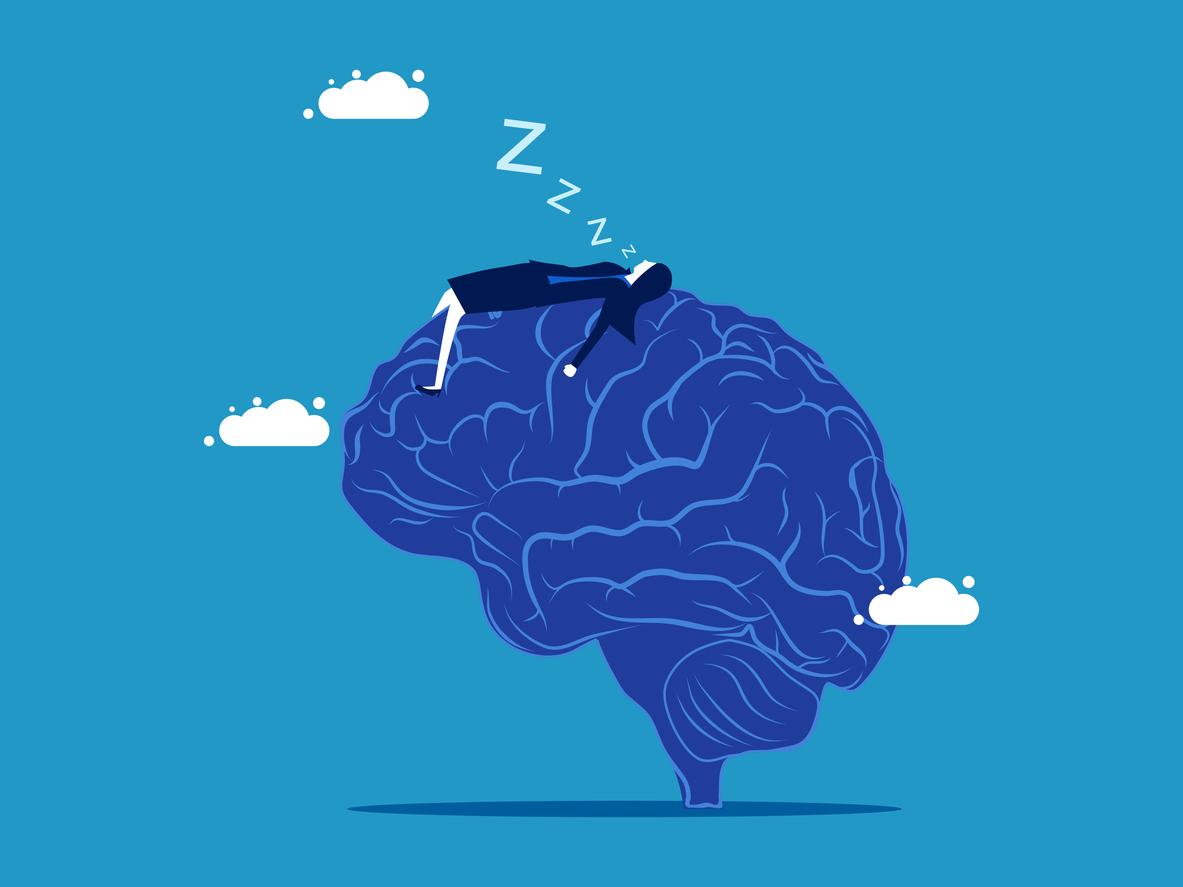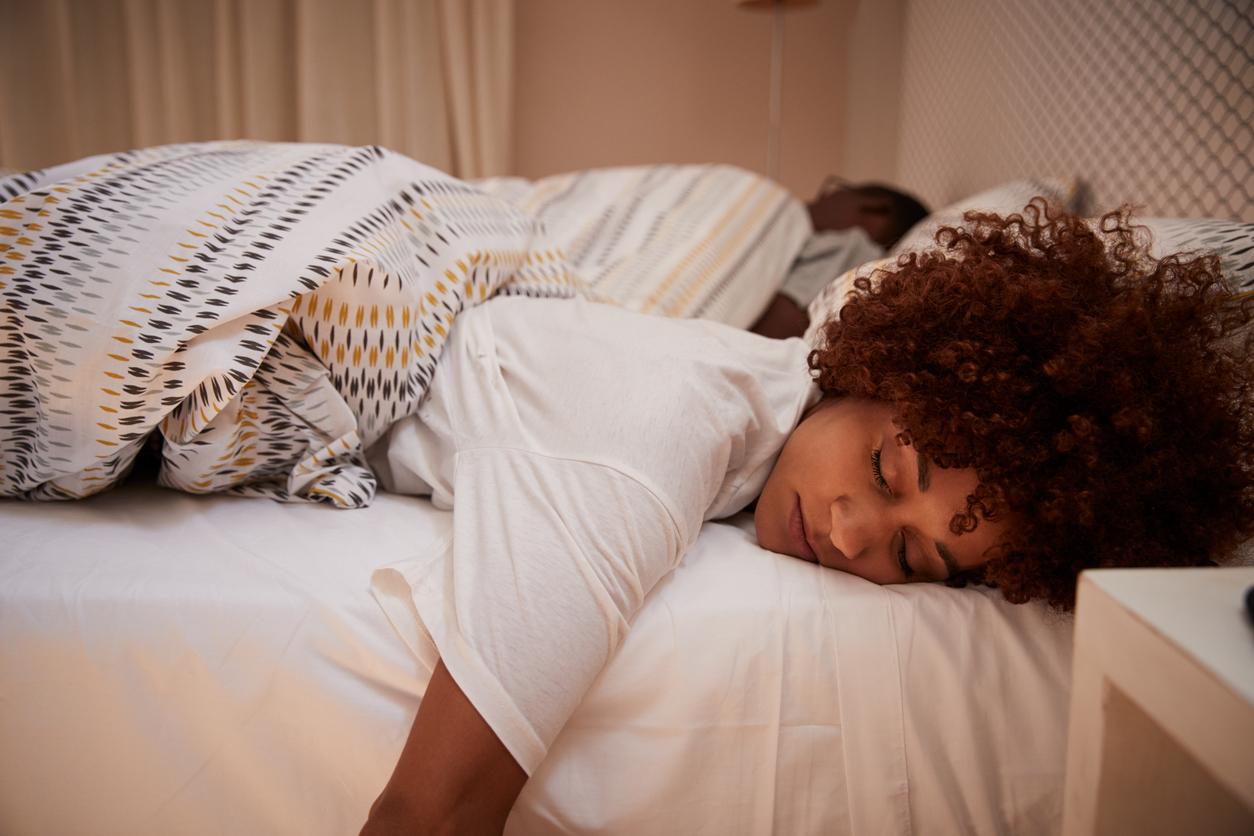Sleeping too much or too little at age two increases the risk of wearing glasses at age five.

- Children who sleep too much or too little by age two are more likely to wear glasses by age five.
- Spending 1 hour and 24 minutes or more per day in front of screens would also be associated with an increased risk of wearing glasses.
A good sleep pattern is essential for babies and children. This influences their weight gain, their mood, their growth… It could also affect their future vision. According to a study carried out by researchers from the National Institute of Health and Medical Research (Inserm) and published in the journal Scientific Reportschildren who sleep too much or too little at age two are more likely to have glasses at age five.
Children who oversleep are 49% more likely to wear glasses
To arrive at their results, the scientists analyzed data from 1130 children from the Eden cohort. These included the cubs’ sleep patterns at age two – the average of which is normally 11 hours and 5 minutes per night – and the quality of their vision at age five. According to the results, two-year-old children who slept less than 10 hours and 45 minutes per night were, at five years old, 43% more likely to wear glasses. On the other hand, for those who slept more than the average, this percentage was 49%. Finally, children who went to bed late, regardless of sleep time, were more likely to wear glasses at age five.
The time spent in front of the screens is also questioned
The researchers also analyzed that screen time could be one of the factors increasing the risk of wearing glasses. Within the cohort studied, five-year-old children spent an average of 1 hour and 24 minutes a day in front of the TV, computer or tablets. The authors associate this habit with a 23% increase per hour of screen in the risk of wearing glasses. Thus, children whose sleep time exceeded or did not reach the classic average and who spent 1 hour and 24 minutes or more in front of screens were twice as likely to wear glasses.
The influence of sleep time on vision could last until adolescence
“Studies already published on the vision of older children highlight a link between myopia and time spent indoors, particularly under artificial light, studying, reading, watching screens… Our work indicates that a disorder vision could appear much earlier, linked to an inadequate amount of sleep at the age of 2 years, points out Sabine Plancoulaine, lead author of the study. It is not excluded that the influence of sleep on vision continues until adolescence, the stage at which the eye stops developing”. »
Myopia is expected to affect 50% of the world’s population by 2050
Myopia is a vision disorder. People who have it see clearly up close, but blurry from afar. They are therefore forced to wear glasses to correct this problem. According to researchers, 25% of the world’s population suffers from this problem. And the prevalence of this pathology is progressing rapidly: by 2050, this percentage should be 50%. “Knowing the causes of this trend would make it possible to put in place preventive actions to try to reverse it.say the authors. However, it has been shown in animals, in this case in chicks, that disruption of the circadian rhythm (which regulates the functioning of the body on a 24-hour cycle) causes vision problems”. This circadian rhythm is, among other things, disturbed by prolonged exposure to light, which delays falling asleep and alters the rhythm of sleep.
The researchers therefore plead for parents to be attentive to the sleep pattern of their children as well as the time spent in front of screens. Advice that may prevent them from wearing glasses and will also be positive for their mental and metabolic health.
.
















